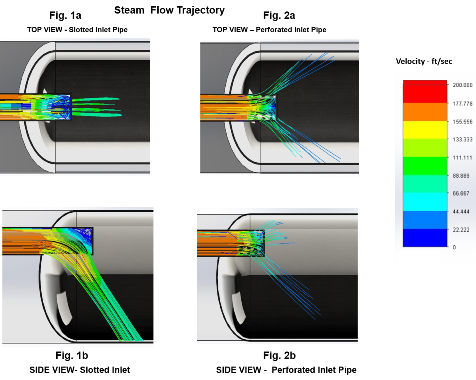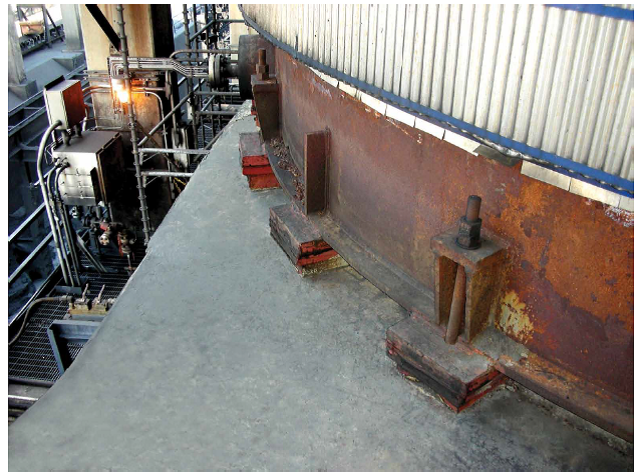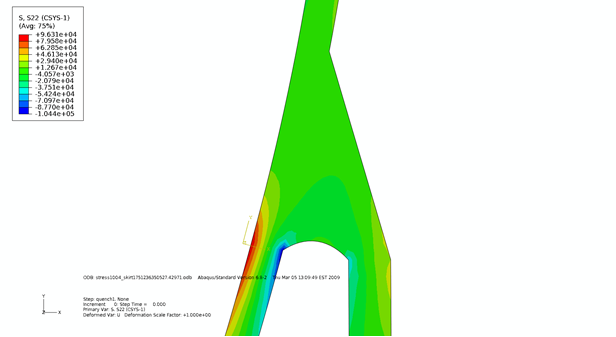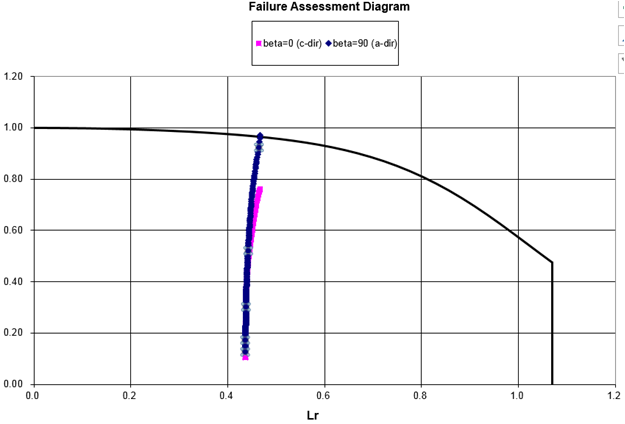
Designing Elevated Temperature Equipment with Internal Pressure
If the behavior of discontinuity stresses due to pressure is not properly understood in elevated temperature design, unconservative designs can result. One particular issue with pressure stresses is the behavior of the discontinuity bending stresses. An example of discontinuity stresses would be with a pipe welded to a flange. When pressured, the pipe will radially […]







